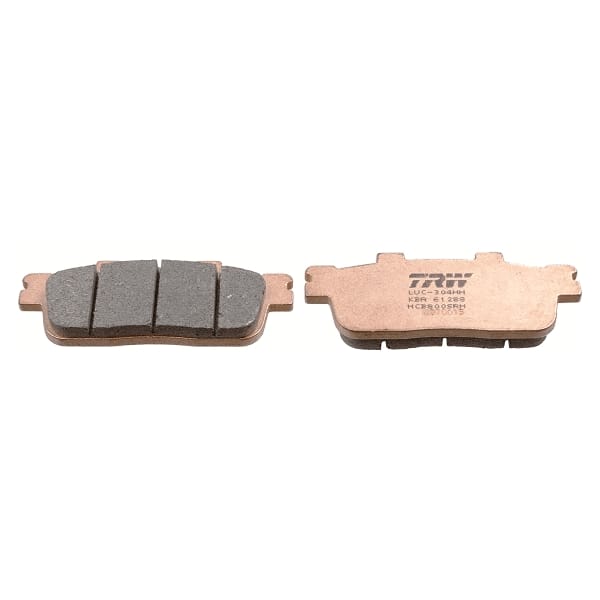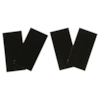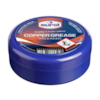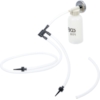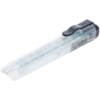TRW brake pads are always sold per set of two brake pads except for all versions of MCB721 (SV/CRQ/SCR/SRT/TRQ).
TRW offers brake pads and braking systems for the aftermarket that allow motorcycles and other vehicles to engage in supple, safe and powerful driving. And braking. Especially the latter is what matters most: as a motorbike rider you want to have a reliable braking solution - something which has been provided by TRW for about a century now. Over half the vehicles in the world today come to a stop thanks to TRW. They design, manufacture and test everything themselves, which is still an excellent assurance for advanced quality and safety standards. TRW applies strict test criteria and complies with the most demanding requirements.
It turns these brake pads and braking systems not only into the most versatile aftermarket solution, but in the most reliable as well.
Organic brake pads
Brake pads can be composed of different raw materials or ‘compound’. The standard compound is called ‘organic’. The brake pads consist of cellulose (glass fibre, cardboard and mineral fillers) and a binding agent based on phenol. That combination ensures a heat-resistant resin that hardens at higher temperatures. The proper friction characteristics of organic brake pads result in less (need for) force to the brake lever. At lower temperatures, a standard brake pad is almost silent. For normal, daily use on public roads, this type of brake pads is perfectly suitable. Moreover, they are relatively cheap and have a long life expectancy. The EC version of the organic brake pads are also suited for low speeds such as mopeds.
Sintered brake pads
A second commonly used compound is sintered metal. ‘To sinter’ is to compress milled, shredded metal, often copper, bronze or a mixture. This is done under high pressure and high temperature. The result is a solid mass that forms the brake pad. Mixed metals are very suited for wider applications and street use. Pads that have carbon fibre added to them – resistant against extreme temperatures – deliver better results in high-performance circumstances like those demanded on the track. Brake pads with sintered metals are less soft than the standard, organic versions. The logical result is that it requires more force to the brake lever. The corrosive material that is released during braking will require a more frequent cleaning of your motorcycle’s wheels. For intensified use, high braking requirements or true performance-oriented circumstances, sintered brake pads are recommended.
Classification based on use
Besides the compound, brake pads are also designed with an intended particular use. Most brake pads are developed for street use. Brake pads that can be categorised as such are the SR, SRT, EC, SV/SH, EC and all-round organic brake pads. The SRM brake pads also belong to this category but contradictory to the ones mentioned above are specifically designed for maxi scooters.
There’s something for the off-roads fans too, at TRW. The SI and RSI brake pads were developed especially for these mud diggers. The SI are street-legal, while the RSI brake pads are only for professional use.
For track use, TRW developed the CRQ, RQ, SCR, SRQ and TRQ brake pads. The SRQ and TRQ brake pads only contain sinter metal, while there was also cardboard added to the CRQ, RQ and SCR brake pads. This means that the final three are only suited for professional use, while the first two can also be used legally on public roads.


